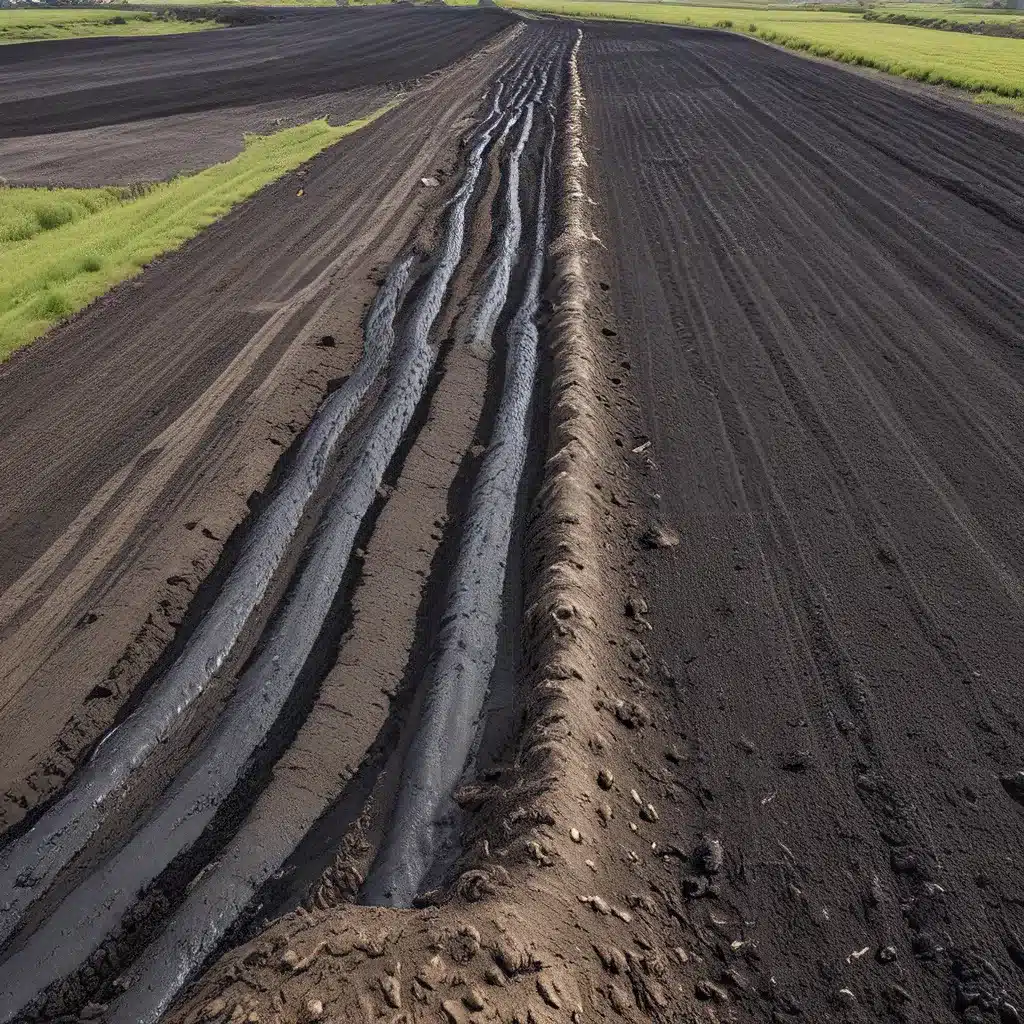
A Biosolid Boom Ahead?
Ah, the world of biosolids management – where the intersection of waste, technology, and sustainability collides in a fascinating dance. As someone who’s always been fascinated by the innovative ways we can turn our trash into treasure, I’ve been keeping a close eye on the rapidly evolving landscape of biosolids management. And let me tell you, the future looks bright, my friends.
Now, if you’re not familiar with biosolids, let me give you a quick rundown. These nutrient-rich organic materials are the byproduct of wastewater treatment processes, and they’re chock-full of potential. In the past, biosolids were often seen as just another waste stream to be dealt with, but today, they’re increasingly being recognized as a valuable resource that can be recycled and reused in all sorts of amazing ways.
The Biosolids Bonanza
From what I’ve been seeing, the biosolids management market is poised for some serious growth in the coming years. According to a recent report, the market is expected to expand significantly, driven by a few key factors.
First and foremost, there’s been a heightened awareness and emphasis on sustainable waste management practices, thanks to growing environmental concerns and tightening regulatory frameworks. Governments and communities around the world are putting more pressure on water treatment facilities to find eco-friendly ways to handle their biosolids.
But it’s not just about waste management – the rising global population and rapid urbanization have also played a role. As more people flock to cities, we’re generating more wastewater and sewage sludge than ever before. And that means there’s an increasing need for efficient, innovative biosolids management solutions.
And let’s not forget about the agricultural angle. The demand for organic fertilizers and soil conditioners has been on the rise, and treated biosolids have become a valuable resource in this space. Farmers are realizing the benefits of using biosolids to enrich their soils and boost their crop yields.
Segmenting the Biosolids Bonanza
Now, when it comes to the biosolids management market, it’s not a one-size-fits-all kind of deal. The market can be broken down into all sorts of different segments – from the types of biosolids products to the geographic regions and consumer demographics.
For example, you’ve got your agriculture-focused biosolids, your land reclamation biosolids, and your energy recovery biosolids. Each one with its own unique applications and market dynamics. And when you factor in the regional differences in wastewater treatment practices and regulatory frameworks, the picture gets even more complex.
But that’s exactly what makes this field so fascinating, right? It’s not just about finding a single solution – it’s about adapting and tailoring your approach to the specific needs and challenges of each context. And that’s where the true innovation lies.
Emerging Trends and Technologies
As the biosolids management market continues to evolve, we’re seeing some really exciting trends and technologies start to emerge. And let me tell you, these innovations have the potential to completely transform the way we handle our biosolids.
Digitalization and Advanced Analytics
One of the big buzzes in the industry is the integration of digital technologies and advanced analytics. Water treatment facilities are starting to leverage the power of data to optimize their biosolids management processes. From real-time monitoring and predictive maintenance to automated decision-making, these digital tools are helping to streamline operations, improve efficiency, and reduce costs.
Emerging Treatment Technologies
But it’s not just about the data – the biosolids management space is also seeing some pretty remarkable advancements in the actual treatment technologies. Companies like Cambi, Markland Specialty Engineering, and Process Wastewater Technologies are at the forefront of developing innovative solutions that can transform biosolids into valuable resources, whether it’s high-quality fertilizers, renewable energy, or even construction materials.
Collaborative Efforts
And let’s not forget about the power of collaboration. Organizations like the New England Fertilizer Company, the Virginia Biosolids Council, and the Mid-Atlantic Biosolids Association are bringing together industry experts, researchers, and policymakers to tackle the challenges of biosolids management head-on. By sharing knowledge, resources, and best practices, they’re helping to drive the field forward.
The Biosolids Crystal Ball
So, what does the future hold for biosolids management? Well, if you ask me, it’s looking pretty darn promising. With all the innovative technologies, collaborative efforts, and growing demand for sustainable solutions, I can see the biosolids management market continuing to expand and evolve in some really exciting ways.
Of course, there will always be challenges and uncertainties along the way. The market is still heavily influenced by regional factors, regulatory frameworks, and consumer preferences. And who knows what kind of curveballs the future might throw at us?
But that’s what makes this field so fascinating, right? It’s a constantly shifting landscape, full of opportunities and possibilities. And as long as we stay adaptable, innovative, and committed to sustainability, I’m confident that the future of biosolids management will be bright, bold, and, well, downright biosolid-ly amazing.
So, here’s to the biosolids pioneers out there, pushing the boundaries and turning our waste into wonder. I can’t wait to see what they come up with next. Maybe they’ll even figure out a way to turn biosolids into gold – now, that would be a real game-changer!


